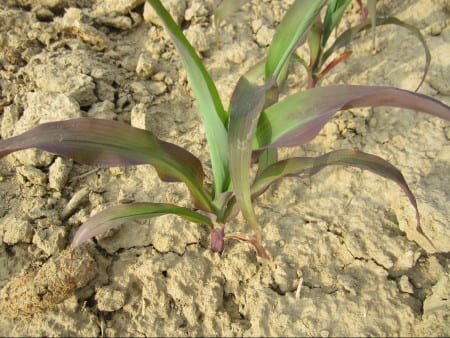By: Stephanie Karhoff OSU Extension
What are mycorrhizae, and why should I care?
Mycorrhizae are beneficial fungi that colonize plant roots. They aid plants in scavenging for soil nutrients, by extending the root system via structures called hyphae. In return, plants provide sugars produced during photosynthesis to the mycorrhizae.
Mycorrhizae also produce a protein called glomalin, which glues soil aggregates together to increase soil stability. Overall, this may increase soil tilth, drainage, and the soil’s ability to hold onto essential nutrients.
How has the 2019 season affected mycorrhizae levels?
Flooding events this spring have caused many acres to go unplanted – stranding the mycorrhizae populations that require a growing crop for survival. High soil moisture levels have also led to anaerobic soil conditions that are not conducive for mycorrhizal colonization. When mycorrhizae populations are reduced, the crops that depend on them for nutrient uptake can suffer.
What is Fallow Syndrome, and how can I prevent it?
Fallow Syndrome occurs when a lack of plant growth the previous cropping year drastically reduces mycorrhizae populations. Stunting and phosphorus deficiency are common symptoms associated with Fallow Syndrome. These symptoms are exacerbated in cool, wet soils that limit phosphorus availability. Reduced mycorrhizal colonization is also correlated with yield loss in corn.1
The best way to prevent Fallow Syndrome from occurring in your Prevented Planting acres is to establish a cover crop this summer or fall. When selecting a cover crop, keep in mind that Brassicas, like turnip and radish, are not hosts to mycorrhizae, and need to be mixed with either a legume like clover and soybean, or a grass like cereal rye, winter, and oats. If you have not chosen a cover crop yet, click here to access a recent C.O.R.N. article outlining the selection process.
Sources:
1Ellis, J.R. 1998. Post Flood Syndrome and Vesicular-Arbuscular Mycorrhizal Fungi. J. of Production Agriculture. 11(2):200-204. doi:10.2134/jpa1998.0200.
Managing Cover Crops Profitably, Third Edition, https://www.sare.org/Learning-Center/Books/Managing-Cover-Crops-Profitably-3rd-Edition
